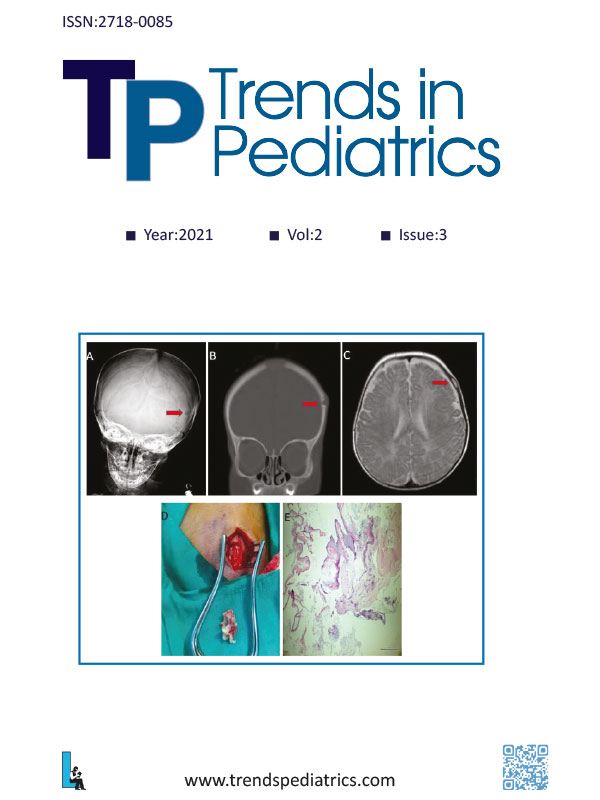Abstract
Objective: This study aimed to investigate the prevalence of epilepsy in school children in Erzurum and compare it with prevalence studies in Turkey and worldwide.
Methods: This is a cross-sectional study conducted in the center of Erzurum. From the universe formed by 74,732 students, 5,571 people were selected through the “proportionate stratified sampling method” and 4,560 (80%) of the 5,700 questionnaires distributed were collected. Based on the data obtained, 563 students were accepted as possible epilepsy cases and examined for epilepsy.
Results: TOf the students participating in the study, 51.3% were female and 48.6% male. Six girls (3/1000) and 10 boys (5/1000), a total of 16 cases (4/1000) were detected to be followed-up for epilepsy. Prevalence rates were found to be 4.5/1000, 2.6/1000 and 3.6/1000 for males, females and the total population, respectively. The prevalence of active epilepsy was determined to be 4/1000, 2/1000, and 3/1000 for males, females and the sum of both, respectively.
Conclusion: Epilepsy is an important health problem for our region. The prevalence of epilepsy among school-age children in Erzurum was close to the prevalence rate seen in developed countries. Febrile convulsion, low educational level and low socioeconomic level are the risk factors for epilepsy.
Keywords: Epilepsy, prevalence, school-age child
Copyright and license
Copyright © 2021 The author(s). This is an open-access article published by Aydın Pediatric Society under the terms of the Creative Commons Attribution License (CC BY) which permits unrestricted use, distribution, and reproduction in any medium or format, provided the original work is properly cited.














